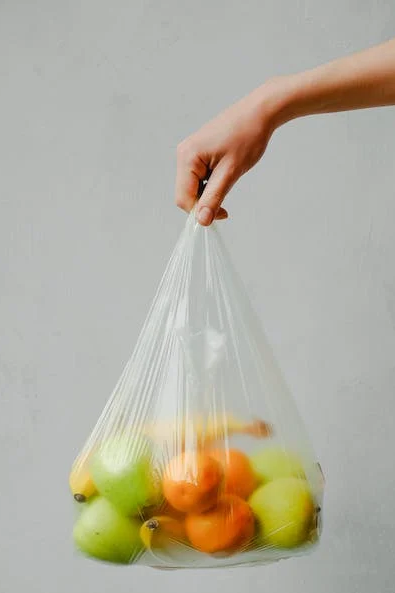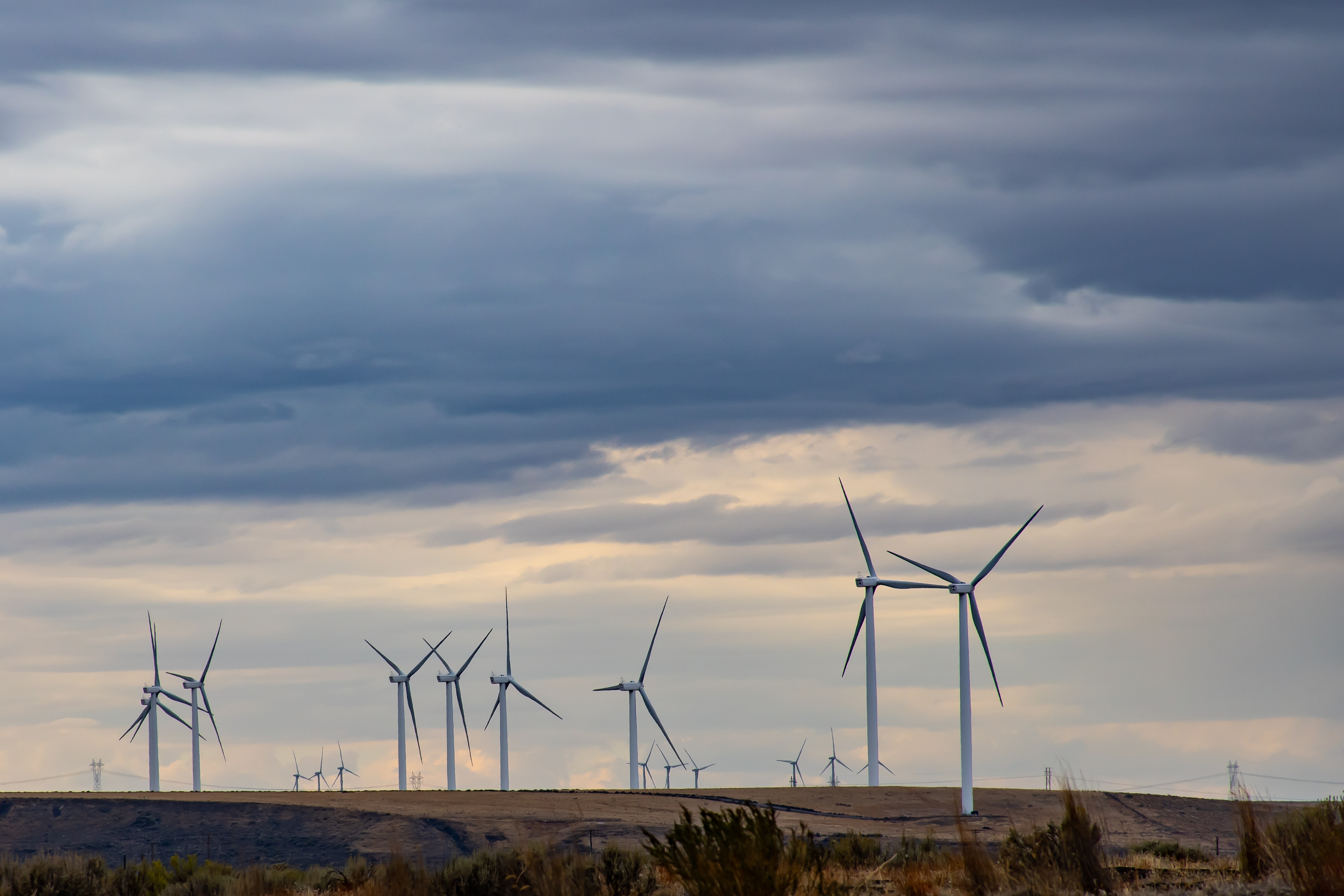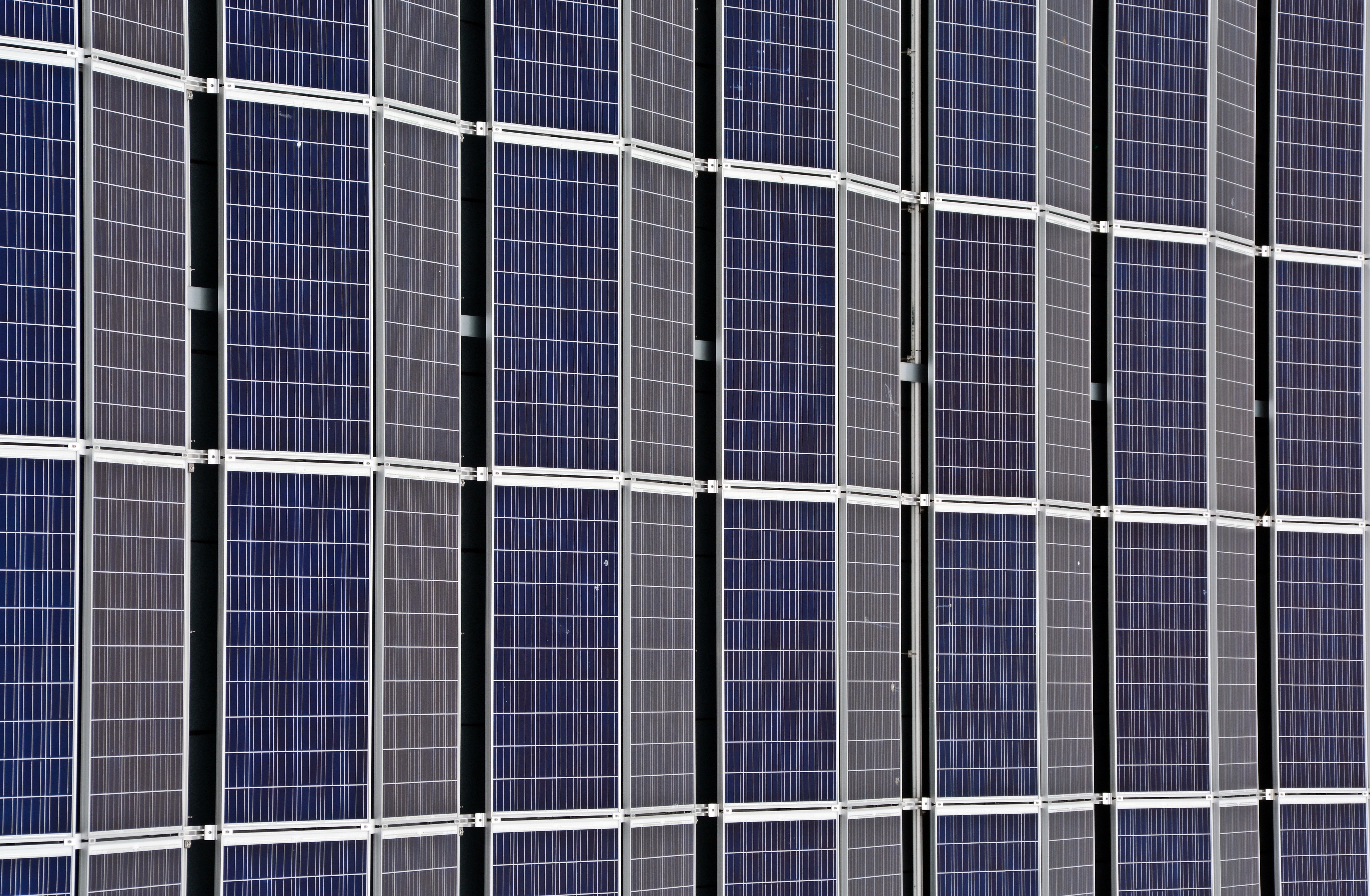Written by: Ella Villacorta

Princeton University’s Campus Dining is doing its part to make the campus more sustainable and help fulfill the University’s Sustainability Action Plan. Campus Dining has implemented many green-friendly initiatives into its daily practices and infrastructure in order to help reduce the campus’s net carbon emissions. For starters, they have conducted an energy audit of every dining facility on campus to evaluate the energy usage of their buildings. This allows them to assess which locations and equipment are using the most energy so they can target energy-saving practices and protocol. In a similar vein, Campus Dining has also started to move away from gas products and towards electric equipment. While there are costs associated with this transition to electric appliances in terms of money and availability of products, Campus Dining is committed to becoming more sustainable with their cooking practices. They have even implemented certain design standards for dining halls moving forward, such as working to include more electric appliances in the current Hobson College construction project and replacing old kitchen appliances with electric alternatives in existing facilities. Even small changes, such as adding aerators on sinks and shutting exhaust hoods when not in use, can reduce the water and energy consumption of dining facilities.
In addition to incorporating green-friendly equipment into dining halls, Campus Dining chefs also take sustainability into consideration when cooking and preparing meals. For example, the kitchen staff implements ways to cook that consume less water, such as by using steam ovens to cook and roasting vegetables to avoid boiling and wasting excess water. The Yeh and New College West dining staff also find ways to use the seeds and stems of produce when cooking, like how they make their own hot sauce with zero waste produced. Campus Dining and the dining hall staff are taking steps to stay conscious of their water and energy usage in day-to-day operations and maintain sustainable practices when cooking. Campus Dining chefs also take into consideration the carbon impact of their menus. Most notably, the dining hall cooking staff has been working to reduce beef and red meat use and to instead replace red meat with other protein alternatives. For example, the blended burger available at the grills in the dining halls and at Frist is only 60% grass-fed halal beef; the other 40% is local mushrooms. The kitchen staff are also looking for ways to cut out palm oil and other high carbon-footprint producing products from their menus.
Aside from the green-friendly equipment and cooking practices implemented in the dining halls, Campus Dining also takes great strides in trying to source food locally. Whether that be by buying fresh produce locally when in season (like tomatoes, frozen blueberries, beans, vegetables), using dairy products that are from a company that works with local dairy farms, or providing bread from local bakeries, Campus Dining keeps local farmers and businesses in mind when it comes to sourcing ingredients. Even the honey, ice cream, pasta, and tofu are bought from local businesses. Sometimes, Campus Dining even partners with vendors from the Princeton University Farmers’ Market to source food, as is the case with the peanut butter served in the dining halls, which is from the local business Nutty Novelties. Campus Dining also serves baked goods (like cakes and cookies) that are made in-house in the Campus Dining Bake Shop located on the lower level of Madison Hall. Despite these efforts to source food locally and support local rather than conventional farms, there are growing difficulties in buying ingredients locally.
An image from the Campus Dining stand at the 2025 Farmers Market featuring local asparagus, pea shoots, micro greens and mushrooms.
Campus Dining has committed to using cage-free eggs since 2006. However, shell eggs have become increasingly difficult to procure in recent times. Rather than returning to conventional eggs, Campus Dining has instead transitioned to using cage free liquid eggs while shell eggs are not available. Similarly, Campus Dining historically served domestic orange juice in the dining halls, but Florida’s Natural, the brand served on campus, does not use all Florida-based oranges anymore. Thus, it is getting harder for Campus Dining to serve only nationally grown produce. Sometimes, in spite of Campus Dining’s efforts to support more sustainable businesses, there are uncontrollable issues that can become roadblocks in the path to sustainability.
Sustainable practices outside of the dining hall
Aside from incorporating sustainable practices into the dining halls, Campus Dining also maintains a sustainability-forward mindset for their non-dining locations. In the Frist Food Gallery, for example, they close down certain food stations for dinner service to prevent food wastage. Campus Dining decides which stations should stay open for a given meal period based on historical data for that station at that meal time. They also repackage leftover food from different stations to further reduce wasted food. Campus Dining also collaborates with SCRAPPY and a First Year Seminar to conduct post-consumer collection of compostable disposables and food waste in the Food Gallery. Using these data, they can do research on the effects of using plant-based compostable disposables to evaluate their effectiveness as sustainable practices. Reusable bowls are also now back at Frist and Campus Dining satellite locations, further reducing unnecessary waste.
An image of the composting compactors in the Frist Food Gallery.
For their catered events, Campus Dining incorporates green-friendly practices by composting rather than disposing uneaten and leftover food. They also do not provide any sort of plastic at their events, including plastic water bottles and utensils. Instead, they opt for more recyclable alternatives, like metal water bottles and compostable silverware and plates. Occasionally, there is difficulty in keeping the catered events plastic-free, though, because event hosts will sometimes provide plastics themselves, but Campus Dining makes it a point to not contribute to single-use plastic usage through their catering services.
The future of Campus Dining Sustainability
As Campus Dining looks towards the future, the next biggest sustainability hurdle to tackle is the issue of wasted food. While Campus Dining has already taken steps to reduce wasted food from cooking, like through certain cooking practices, as previously mentioned, the greatest concern currently is reducing student wasted food. This past April, Campus Dining, along with students from the EcoReps program and the Undergraduate Student Government Sustainability Committee (USG Sus Comm), rolled out the first phase of the reducing student food waste campaign. New napkin inserts promoting students to think about their own wasted food were implemented into all of the residential college dining halls, the Center for Jewish Life dining hall, and the Frist Campus Center eatery. These napkin inserts also include a QR code to a survey, run by the USG Sus Comm, that asks students why they wasted food at a given meal and how Campus Dining can improve for the future. Campus Dining is hoping to take the information gathered from this survey and incorporate it into future work to address this problem. Stay tuned for the fall to hear more about this issue and how Campus Dining, in joint efforts with the EcoReps program and the USG Sus Comm, are trying to counteract it!
Thank you to Sarah Bavuso and Lauren Belinsky from Campus Dining for their guidance in writing this post. You can take the food waste survey here.







